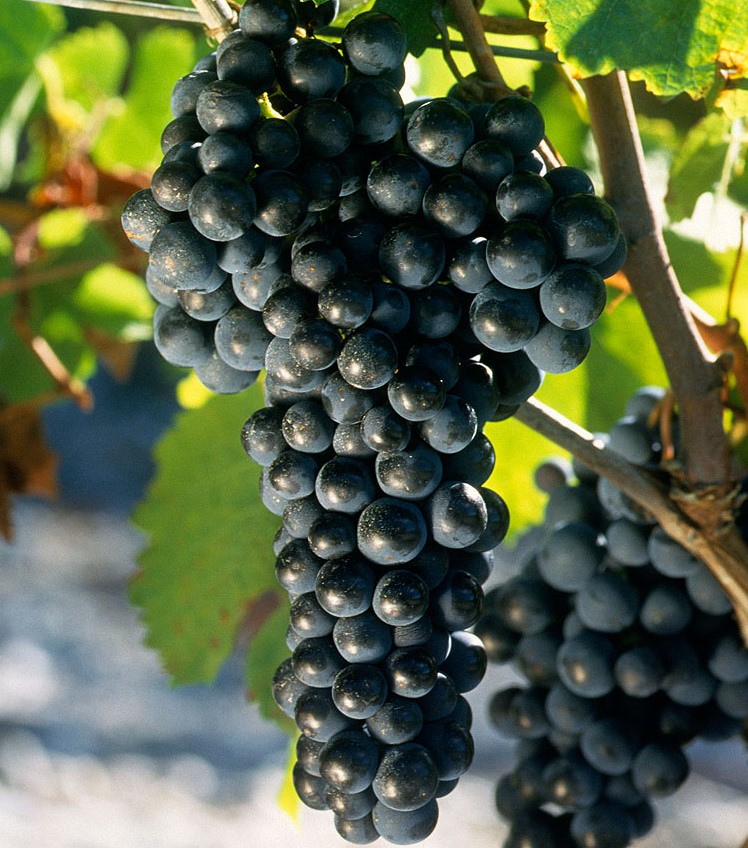By Nicki Bourlioufas
New research reveals that the dominance of French wine grapes varieties has grown dramatically across the globe while Italian and Spanish varietals have become less popular. The extent of varietal diversity both nationally and globally has shrunk, despite the hype about ‘alternative’ varieties.
Between 1990 and 2016, the share of plantings of French prime varieties nearly doubled, rising to 39% from 21%, while the shares of Italian and Spanish varieties in the global vineyard each fell by roughly one-third, according to Which Winegrape Varieties are Grown Where? A Global Empirical Picture (2nd Ed) by Kym Anderson and Signe Nelgen.


The research provides snapshots from 1990 to 2016 of the world’s vineyard bearing areas of more than 1700 prime grape varieties in over 700 wine regions. The popularity has grown especially rapidly for Cabernet Sauvignon, Merlot, Chardonnay and Syrah/Shiraz.
“The data show that while plantings have become much more international over the past three decades, the extent of varietal diversity both nationally and globally has shrunk. That is, notwithstanding the hype about ‘alternative’ varieties, half the world’s plantings were accounted for by 21 prime varieties in 2000 but, by 2016, it required only 16 varieties,” according to a statement from Wine Australia.
“For winemakers interested in looking to establish a unique proposition with one of the rarer grapes, there is plenty of opportunity to do so,” said co-author Professor Emeritus Kym Anderson, Executive Director of the University of Adelaide’s Wine Economics Research Centre.
“This is so because national wine markets are so much more open now than three decades ago. As a result, wine consumers have never had such a wide range to choose from, even if the range of varieties from local producers has narrowed.”
Accounting for climate change
The book is an update and expansion of a 2013 edition. Presented for the first time are data on the climatic conditions of each region. This will allow grape growers to benchmark their varietal mix against those in regions with a climate similar to the predictions for their region’s future, helping winemakers to future-proof their vineyards and business practices.
“Climate change brings unpredictability. A region’s growing conditions – access to water and regional temperatures – are likely to change as the globe’s climate systems alter. Selecting grapes that will be able to withstand these challenges, and still thrive in the market many years’ from vineyard replanting is difficult,” Professor Anderson said.
Wine producers are increasingly aware also of the impact climate changes (higher temperatures, more extreme weather events) are having on their winegrape quality and vineyard yields. Adaptation strategies include switching to warmer-climate or more-resilient grape varieties, and re-locating to a region at a higher latitude or elevation to retain the current mix of grape varieties.
In addition, different grapes are being grown – and that has introduced more grape variety in Bordeaux, as reported here by World Wine Watch.
Bordeaux red wines are generally made from a blend of permitted grapes Cabernet Sauvignon, Cabernet Franc, Merlot, Petit Verdot and Malbec. Bordeaux wineries can now use four new red grapes to combat temperature increases in Bordeaux. In June 2019, the Union of Bordeaux AOC and Bordeaux Supérieur winemakers approved a list of new grape varieties ‘of interest for adapting’ to climate change and rising temperatures, which may adversely affect early-ripening varieties such as Merlot. The four new Bordeaux red varieties are Arinarnoa, Castets, Marselan, Touriga Nacional and the three white varieties are Alvarinho, Lilorila, Petit Manseng.
Which Winegrape Varieties are Grown Where? A Global Empirical Picture (2nd Ed) by Kym Anderson and Signe Nelgen is freely available from the University of Adelaide Press website. The database is online via the University of Adelaide’s Wine Economics Research Centre. The publication has been supported by Wine Australia.
